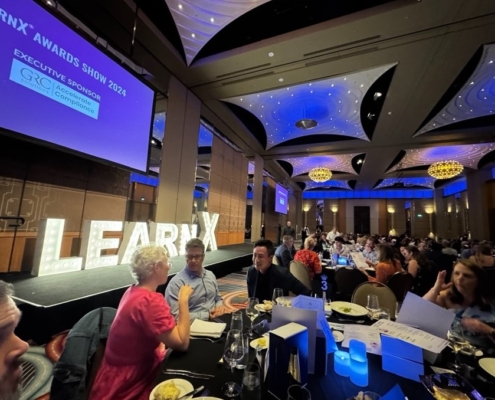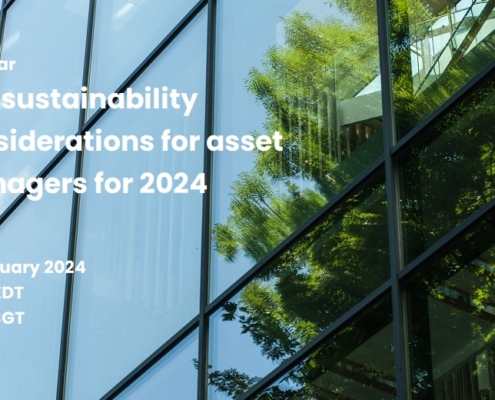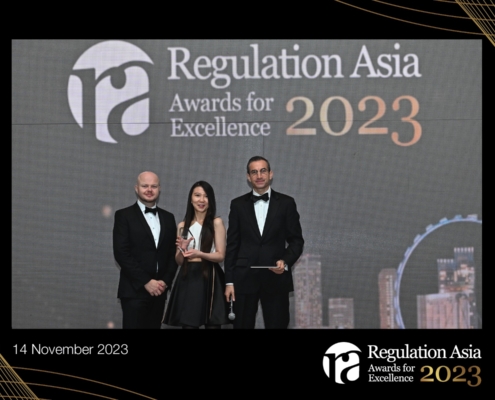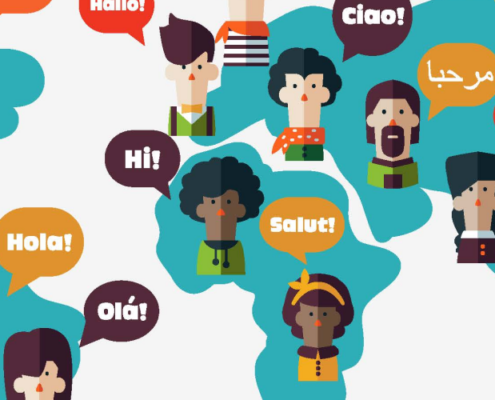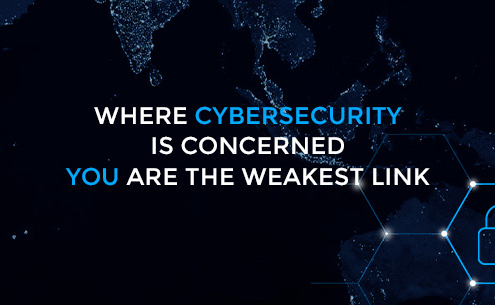Workplace Conduct – The Role of Middle Management in Crisis Recovery
Who is the right person to lead a company amid a culture of toxicity, bullying and sexual harassment?
The role of middle management in crisis recovery
Who is the right person to lead a company amid a culture of toxicity, bullying and sexual harassment? This is a question more than one Australian company has been forced to answer in the past 12 months.
The sacking of James Hardie Industries CEO in January signified a shifting attitude from boards. The Australian Financial Review has called it a “watershed moment”. The company was no longer content to let a shamed CEO fly for personal reasons: this was a clear line in the sand where bad behaviour will no longer be tolerated.
Rio Tinto’s CEO attempted to make the first steps towards renewal by commissioning and releasing a damning report into its culture. Despite this, new Rio Tinto chair Dominic Barton was reportedly “reviewing” the CEO’s ongoing status.
As the pandemic has fuelled a “great resignation” and in a post Me-too era, for boards in 2022 there is a lot more at stake from the behaviour of its senior management. In 2022 the CEO and C-suite must be held to a higher standard.
Yet the problem, and solution, go beyond upper management. Accountability at the top is important, but equally so is what is happening at the middle management.
The silent partners
Both James Hardie and Rio Tinto appear to be taking a transparent line to changing their culture, yet it is the middle management on the ground that have the role of implementing and enforcing it. The rhetoric and reports will be meaningless without education, engagement and buy-in from this group: without that no culture change will be possible.
What is now becoming more apparent is that people have suffered from communication failure and fatigue as remote working continues. This new style of work has brought to the surface issues that were perhaps more easily hidden in the office, and consequently we are seeing a rise in bullying cases.
So as we head back into the office, it is an ideal time to reflect on our Codes of Conduct and how well, or poorly, these moral guides for the office are accepted.
Code of Conduct
Most organisations will have Codes of Conduct to attempt to prevent this bad behaviour, but it is how this is communicated and how an organisation builds a culture around this that will have truly great impact. The latter is the essential learning for boards in 2022.
In our role as developers of compliance training, we see how powerful it is when companies take their mistakes and encourage staff to learn from them,
In our role as developers of compliance training, we see how powerful it is when companies take their mistakes and encourage staff to learn from them, rather than hide them and create an elephant in the room. “Storytelling is one of the most effective ways to relate to your audience and facilitate a connection with the content, enhancing learning and memory recall.” *
One example of this is CitiGroup which had dealt with a major case of fraud where an employee had embezzled $22 million dollars. The case was widely covered in the press. Rather than trying to hide it away, Citigroup began to use the example in its Ethics and Code of Conduct training. This move clearly communicated to staff that management or company culture were not complicit in this activity and actively steered the culture away from it.
This case is a great example of how telling a story can supercharge the effectiveness of a piece of training
This case is a great example of how telling a story can supercharge the effectiveness of a piece of training: you can read the details of the case here. In brief, the fraudster found a paycheque stub in the printer room and discovered a subordinate was being paid better than him. Out of resentment he defrauded the company of $22 million over six years. He spent hundreds of thousands on cars, including a Ferrari and a Maserati Gran Turismo, even though being legally blind he was unable to drive them. He hired a chauffeur.
That is the sort of detail that sticks in the mind way longer that a dry article about the importance of employee vigilance.
In a similar vein, Goldman Sachs dismissed 20 staff in 2015 for cheating on internal training. “This conduct was not just a clear violation of the rules, but completely inconsistent with the values we foster at the firm,” a spokesman said at the time. The leadership of Rio Tinto and James Hardie Industries are creating a similar narrative which will be repeated through the ranks.
As we settle into the third year of the pandemic, a positive, inclusive and ethical culture has never been more important for employee wellbeing and retention
As we settle into the third year of the pandemic, a positive, inclusive and ethical culture has never been more important for employee wellbeing and retention. The board and executives may set the cultural tone and implementation strategy, however it is the middle management who are the most important partner in this change. By empowering them with storytelling through their training, they will help spread the message and ensure the organisational culture sets firm.
*Storytelling Resources
https://learn.trakstar.com/blog/importance-storytelling-elearning


